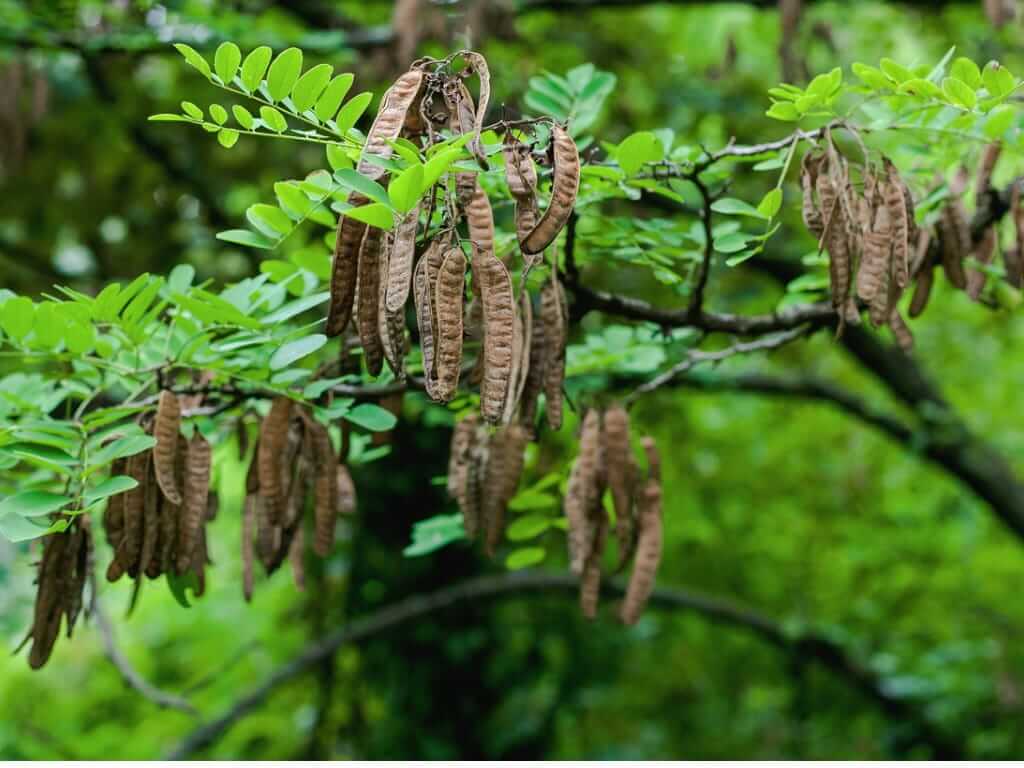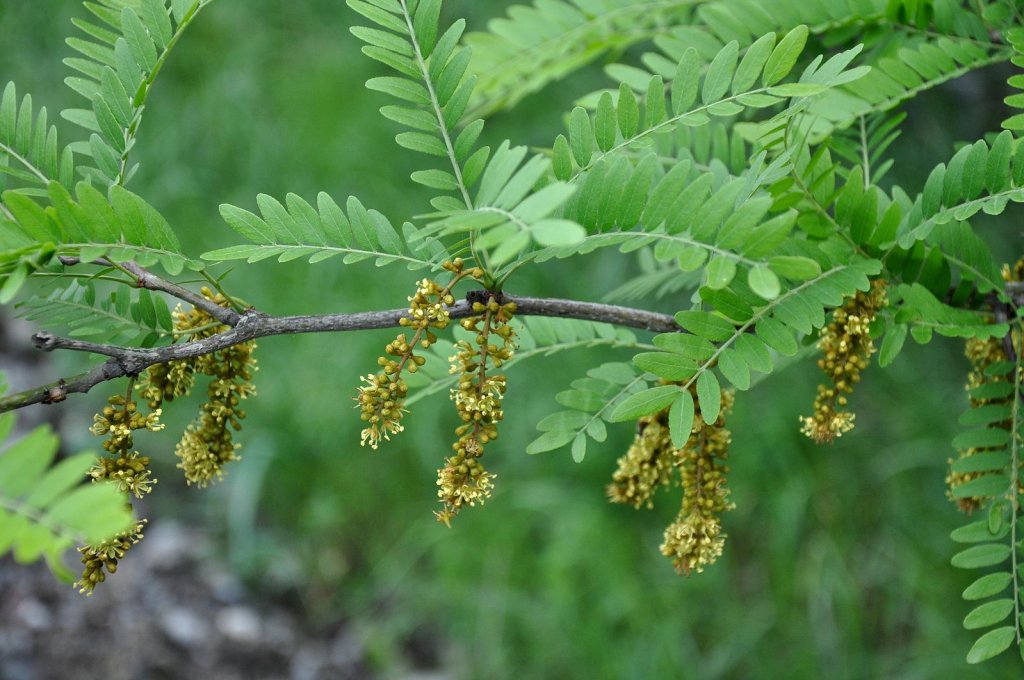Have you ever pondered the characteristics of locust trees? Many individuals are intrigued by trees that share similarities with locust trees. We will explore the distinctive features of trees akin to locust trees, aiding in your understanding of their appearance and lifespan.
Locust trees are distinct with their unique features; other trees share some of these traits. You’ll have a clearer picture of these look-alike trees and how to tell them apart from locust trees.
So, if you’ve ever been curious about what kind of tree looks like a locust tree, read on to satisfy your curiosity with simple and accessible information.
1. Locust Tree Characteristics
These unique trees have special leaves that look like feathers because they are finely divided into many parts. Each leaf has many tiny pieces, making them different from other trees. Locust trees also have branches with sharp thorns, which are easy to notice. These thorns protect the trees and make them look interesting.
Some locust trees have flowers that smell nice. These blossoms give off a pleasant smell, making it even more interesting when you come across these trees. This sweet smell can help you recognize them, especially when blooming.
2. Common Trees that Resemble Locust Trees
Many people often mix up different kinds of trees with locust trees because they look similar. One tree frequently confused with locusts is the false acacia, also known as Robinia. False acacia trees share features with locust trees, like their feathery leaves and white or pinkish flowers. With these similarities, it’s very hard to tell them apart.
Another tree that people often mistake for a locust is the black locust, scientifically named Robinia pseudoacacia. Black locusts, like real locust trees, have compound leaves and bunches of sweet-smelling white flowers. This can add to the confusion when trying to identify them.
3. Black Locust vs Honey Locust
The locust family has two well-known members: black locusts and honey locusts. Telling them apart is pretty simple. Black locust trees usually have rough bark, making their trunks bumpy. On the other hand, honey locusts have smoother bark, making their trees look smooth.
Another thing to notice is their thorns. Honey locusts have long, branchy thorns that stick out a lot. But black locusts might have shorter thorns or none, so they’re easier to deal with. By spotting these differences, you can easily distinguish between these closely related locust tree types.
4. False Acacia (Robinia)
False acacia, also commonly known as black locust, looks like real locust trees, which can confuse people. This tree gets covered in pretty clusters of white or pink flowers in the spring, making it even more similar to real locust trees. Its carefully arranged leaves, which resemble those of genuine locust trees, set it apart.
The way false acacia grows is identical to real locust trees, making it hard to tell them apart. While this tree might trick you into thinking it’s a real locust tree, if you look closely at its unique features, you’ll realize it’s a false acacia or black locust.
5. Clues for Identification
When you’re outside and see a tree that catches your interest, like maybe a locust tree or something similar, pause for a moment and look at its leaves, flowers, and overall appearance. Locust trees usually have small leaves, especially compared to imitation acacia trees.
If you notice thorns on the branches, that’s a clear sign it’s a honey locust tree. Telling different tree types apart can be a fun and educational activity, especially when you take the time to observe these features. It’s a simple but rewarding way to learn more about and enjoy the natural world around you.
6. Ecological and Practical Significance
Locust trees play a significant role in the natural ecosystem. They serve as vital habitats and sources of nourishment for various wildlife species. It is imperative to differentiate genuine locust trees from their doppelgangers accurately. This distinction enables us to pinpoint the precise locations of these trees and comprehend their ecological impact. Individuals entrusted with the stewardship of forests and land must possess this awareness.
Locust trees possess distinct characteristics that set them apart from similar tree varieties. These unique attributes are of utmost importance to identify. Recognizing these trees is instrumental in locating them and gaining insight into their ecological functions. Those tasked with preserving and managing forests and land should be well-versed in this knowledge.
Conclusion
You can find a few similar ones out there when it comes to trees that look like locust trees. These trees may have shaped leaves and might even grow in similar places. So, if you ever wonder about a tree that looks like a locust tree, remember there are some similar ones around.
It’s fun to find nature in these look-alike trees. So, next time you see a tree with leaves that remind you of a locust tree, you’ll know it’s not just your imagination; there are trees like that in the world.
Keep exploring and enjoying the beauty of nature.


